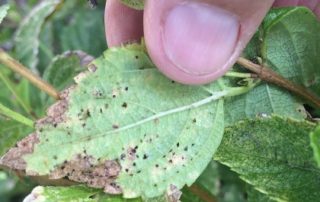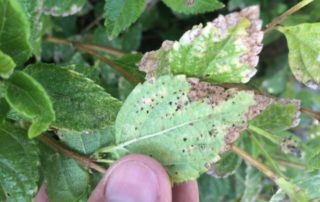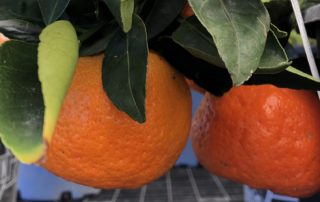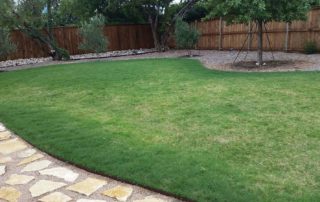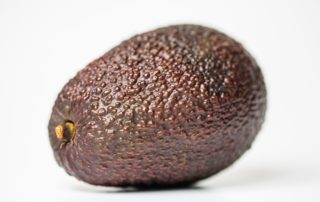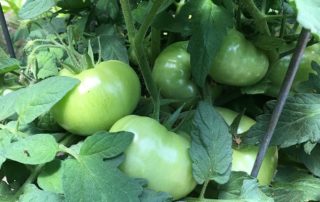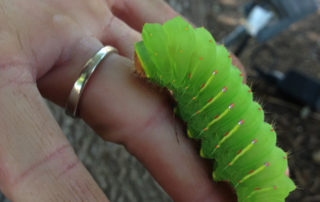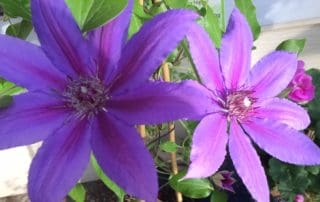H – August Gardening Checklist
Annuals and perennials: There is still time to plant heat-loving annuals in those bare spots in the landscape. Many of the heat-lovers, such as Vinca, Angelonia and Penta will thrive all the way until frost. Geraniums in pots may be trimmed and fertilized for a fall display of blooms. If you haven’t already, move them to afternoon shade. Some perennials are looking stressed, especially Lantana, which might have Lantana Lacebugs. Now is a good time to cut them back and fertilize them for a spectacular bloom throughout the fall. Don’t [...]

